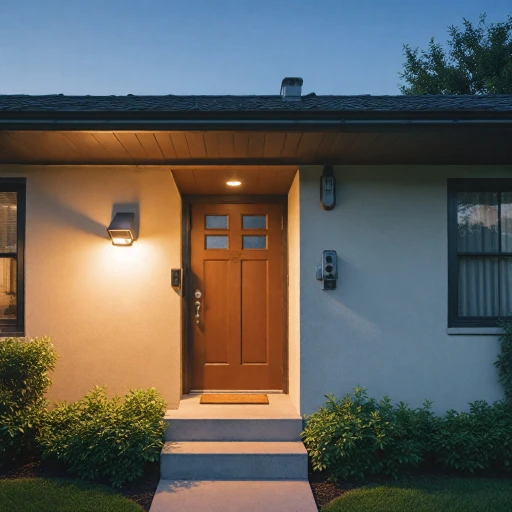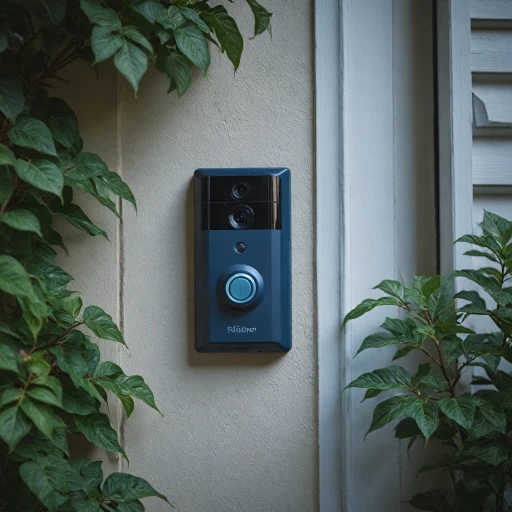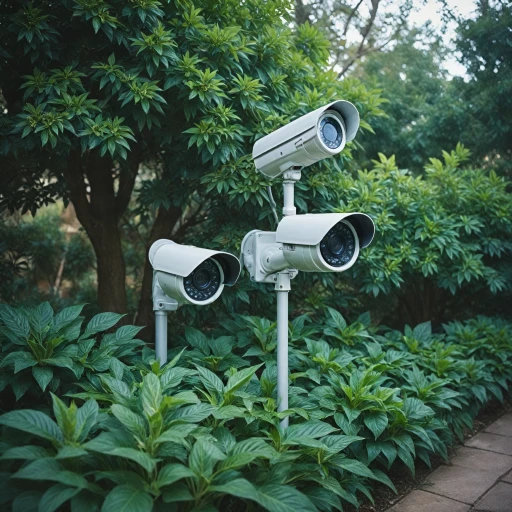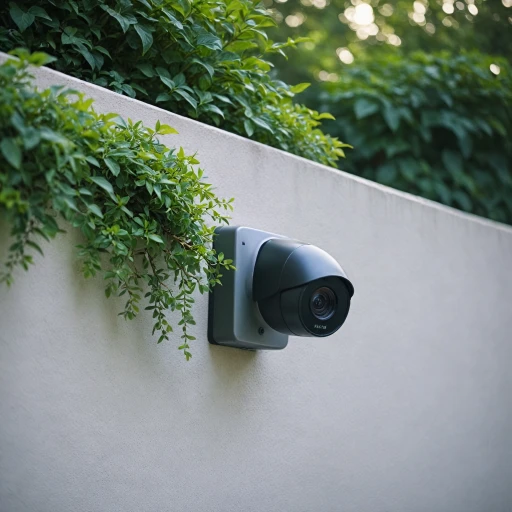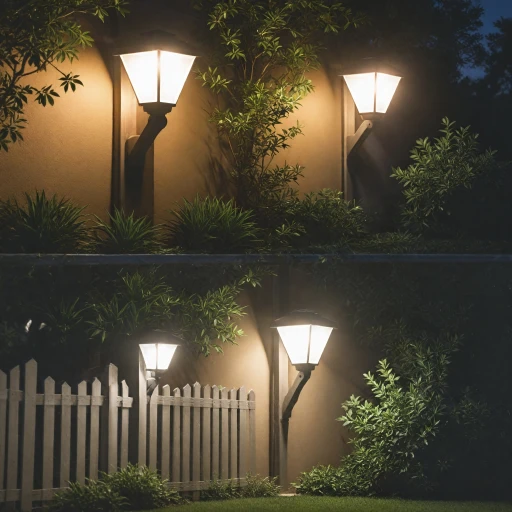
What Does a Blue Flash Indicate?
Understanding Light Patterns on Your Device
The blue flash on your Ring doorbell is often a cause of curiosity or concern for many users. Generally, this blue light indicates a change or update happening within the device, whether it’s set up, charging, or connecting to the network.
At its most basic, the flashing blue light serves as a status indicator. For instance, during setup, a spinning blue circle may appear, signaling that the doorbell is attempting to connect to your internet connection. If the light turns solid blue, it confirms a successful connection. Other patterns, such as a blue circle followed by white light can indicate that the device is undergoing a firmware update or has been reset.
Notably, a flashing blue light during specific intervals might suggest something is amiss with the device, which necessitates a deeper dive into potential troubleshooting or connectivity concerns. The support page often highlights how battery or power issues could contribute to abnormal light patterns.
Understanding your doorbell’s light patterns can help you troubleshoot effectively and determine when professional assistance might be necessary. Should any light pattern persist that seems out of the ordinary, identifying the model—whether it's a doorbell pro, doorbell wired, or peephole cam—can aid when contacting support.
To further familiarize yourself with your specific Ring video doorbell, consider exploring the features of the Ring video doorbell website for additional insights.
Troubleshooting Common Issues
Troubleshooting Unusual Flashes and Connectivity Problems
If your Ring doorbell is experiencing unexpected flashes or connectivity issues, several factors might be at play. The blue light on your video doorbell indicates various statuses and concerns, sometimes flashing in specific patterns or showing a constant color.
First, ensure your doorbell's connection to the internet is solid. A lost or weak network connection can cause the blue light to flash as your device attempts to reconnect. Checking your Wi-Fi signal strength through the Ring app can give insights into whether your doorbell maintains a stable connection. Resetting your router or performing a setup mode may restore connectivity.
Another aspect to consider is the battery and charging status of your Doorbell. If your device operates on battery and lacks power, it may flash blue, indicating it’s time for a charge. Associated light patterns should guide you, such as a spinning blue circle which commonly denotes charging status.
Software-related issues, like required updates for device firmware, might cause trouble too. Regular updates ensure optimal performance and security, so ensure your doorbell's firmware is up-to-date by checking the Ring app.
If troubleshooting steps fail to resolve the light pattern issues, a factory reset might be necessary. Restoring default settings can often address persistent problems unexplained by other solutions. However, a solid white or blue light, followed by a pattern, might mean an effective reset and installation of the recent software updates.
Refer to expert guides like this Blink guide for additional power-related insights and troubleshooting methods. A comprehensive understanding of network and battery factors intertwined with the device flashing patterns can significantly assist in diagnosing persistent issues.
Firmware Updates and Connectivity
Staying Updated for Optimal Connectivity
Firmware updates play a crucial role in maintaining the seamless operation of your Ring doorbell. These updates often enhance features, improve security, and fix any existing bugs that could affect the performance. A consistent flashing blue light can sometimes indicate that a new firmware update is being installed or that the device is trying to establish a connection with the network. Ensuring that your Ring video doorbell is up-to-date with the latest firmware version is essential for the device to function efficiently. To facilitate updates and maintain a solid connection, always make sure your Ring doorbell is within range of a stable and strong internet connection. This may involve checking your network settings or possibly adjusting the placement of your Wi-Fi router. A weak connection can lead to a series of issues such as video lag, connectivity errors, and continuous flashing lights on your device. Checking for firmware updates and ensuring a robust network setup are just parts of a comprehensive approach to optimizing your device. For further insights into connectivity and other tips, explore the versatility of ring bullet cameras here. Occasionally, a device reset or a network reset might be necessary if the light patterns seem erratic or if the device becomes unresponsive. Conducting a factory reset can sometimes help rectify these issues, but it's essential to refer to the official guidelines or seek professional support if you are uncertain about performing a reset. Keeping your Ring app updated is another key step to ensure connectivity and functionality. This app is integral to managing notifications, live video feeds, and communicating with your doorbell pro, peephole cam, or video doorbell. Ultimately, maintaining firmware and connection updates allows your Ring device to perform at its best, ensuring consistent video capture and real-time alerts for enhanced security at your front door.Battery and Power Concerns
Understanding Battery and Power Dynamics
When it comes to the Ring doorbell, managing battery and power issues can be crucial for ensuring optimal performance. The device’s blue light can occasionally signal power-related concerns.- Charging and Battery Levels: A flashing blue circle can sometimes indicate that the device is charging or that there are battery issues that need attention. Ensure your video doorbell is fully charged to prevent unexpected power outages. If you're using a doorbell wired setup, ensure the connection is secure and stable.
- Power Source Connection: For both the Ring doorbell and the Pro model, a steady solid blue light usually means they are receiving adequate power. If the light patterns aren't consistent with a solid blue, checking your power source or charging method can help rule out any problems.
- Power Consumption in Setup Mode: The spinning blue light, seen during setup mode, consumes more power. Frequent setup attempts without a proper charge can drain the battery quickly, which is why understanding the light flashing pattern is key.
- Backup Power Options: Consider utilizing backup power options or alternative power sources, especially if you experience frequent video doorbell resets or power interruptions that could affect your device’s performance and security capabilities.
Security Implications of a Flashing Blue Light
Security Concerns Linked to the Blue Flash
A flashing blue light on your Ring doorbell not only serves as a functional signal but can also symbolize security implications that cannot be ignored. When your device shows these prominent light patterns, it might indicate issues beyond connectivity or battery concerns affecting its security features. Understanding the correct setup of your video doorbell is crucial to maintaining the integrity of your home's security system. An unexpected sequence of blue flashes could mean that someone is attempting to reset the device using its factory reset function, potentially disrupting the network and leaving your home vulnerable. Additionally, if the doorbell is set to setup mode without your consent, this could signal unauthorized tampering. Security risks may also arise if the spinning blue light or a white light indicates that your doorbell is searching for an internet connection and failing to connect, which might affect its ability to alert you of any real-time events or record video footage. Ensuring that your device is always connected effectively to the ring app and that it operates with a solid blue light or standard connection light patterns is essential. Regular monitoring of your Ring doorbell's security features, including the doorbell wired configurations, keeps your home and personal information secure. In light of these concerns, it’s wise to regularly check for video doorbell firmware updates which often include security enhancements. This proactive approach helps maintain the robustness of the device’s security protective measures and can prevent potential breaches. Furthermore, understanding the significance of these flashing signals—separate from connectivity or power issues—bolsters the overall safety of your residence.When to Contact Support
Determining the Need for Assistance with Your Ring Doorbell
If you're experiencing issues with your Ring Doorbell that you've been unable to resolve despite following previous troubleshooting steps, it may be time to reach out for support. There are specific situations where professional assistance can be invaluable to ensure your device functions optimally:- Persistent Connection Problems: Even after resetting your network or ensuring a stable internet connection, if the blue light or spinning light patterns persist, it's wise to consult with Ring support. Your device may require a reconfiguration in setup mode or potentially a factory reset to rectify deep-seated connection issues.
- Battery and Power Concerns: If swapping charging methods, resets, or adjustments do not rectify battery-related issues, contacting support can provide insights into whether the doorbell is experiencing deeper power-related defects.
- Unresolved Firmware and Device Malfunctions: When ongoing firmware updates or configuration attempts do not resolve erratic behaviors or blue flashing patterns, technical support can expedite a resolution by guiding you through advanced diagnostic procedures.
- Security-Related Queries: Should you have concerns about the security implications of unusual blue circle or light patterns on your video doorbell, a professional can offer peace of mind along with practical advice to safeguard your device setup, especially for the doorbell pro or peephole cam versions.

